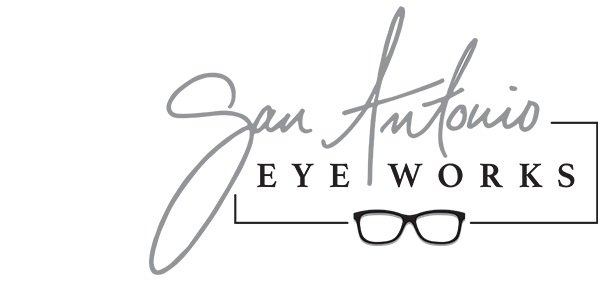WHAT IS ORTHOKERATOLOGY?
Orthokeratology (Ortho-K): A Non-Surgical Solution for Clear Vision
Orthokeratology, or Ortho-K, is a non-surgical and reversible treatment that uses custom-designed contact lenses to gently reshape the cornea—the front surface of the eye. By leveraging the natural forces of the eyelid and tear fluid beneath the lens, Ortho-K gradually molds the top layers of the cornea. Also known as Corneal Reshaping Technology (CRT), these specialized lenses are worn overnight and removed in the morning, providing clear vision throughout the day without the need for glasses or daytime contact lenses.
While the concept may seem complex, Ortho-K is a straightforward process. Just as orthodontics corrects teeth alignment, orthokeratology corrects refractive errors by reshaping the cornea.
For individuals with myopia (nearsightedness), the lenses create a flatter central cornea, reducing the eye’s focusing power and effectively correcting vision.
At San Antonio Eyeworks, we use advanced technology to map the surface of your eye. Under the expert care of our doctors, this precise digital mapping, combined with specialized software, allows us to design a customized Ortho-K lens without the need for time-consuming and uncomfortable in-office trial fittings. This ensures a seamless, comfortable, and highly effective vision correction experience.
Improvements in vision can usually be seen the next day, with the procedure stabilizing after a week. With high myopia over -6.00D, astigmatism and hyperopia the process can take two to four weeks to achieve full correction. Ortho-K does not permanently change the shape of the eye. Your eyes’ shape will revert back to their original state within one to four weeks if you stop wearing the lenses.
HOW NEW IS ORTHO-K?
Reshaping the cornea using standard rigid contact lenses was first reported in 1962 at the International Society of Contact Lens Specialists conference in Chicago, by George Jessen who described his “orthofocus” procedure. Unfortunately, this process took too long, and results were unpredictable. With technological advancements in lens materials and manufacturing, the modern reverse geometry orthokeratology lens was introduced in the late 1980’s. In 1994, the United States FDA granted the first ever daily wear approval for Ortho-K and in June 2002, the FDA granted approval for overnight wear Ortho-K.
HOW SAFE IS ORTHOKERATOLOGY?
Any contact lens has the potential to cause an infection in your eyes. Research shows the rate of infection using Ortho-K lenses is less than half compared to overnight wear of extended wear soft contact lenses.
Using correct hygiene and lens care regimes as well as replacing the lenses every one to two years significantly reduces the risk of Ortho-K related complications.
A poorly fitted Ortho-K lens can result in corneal staining, which comprises the outer layer of the cornea, and increases the risk for
infection. Rather than fit Ortho-K lenses through trial and error using a diagnostic lens from a trial case, our doctors use a specialized tool called a corneal topographer to calculate and custom design the fit of each Ortho-K lens to the topographical shape of the cornea.



